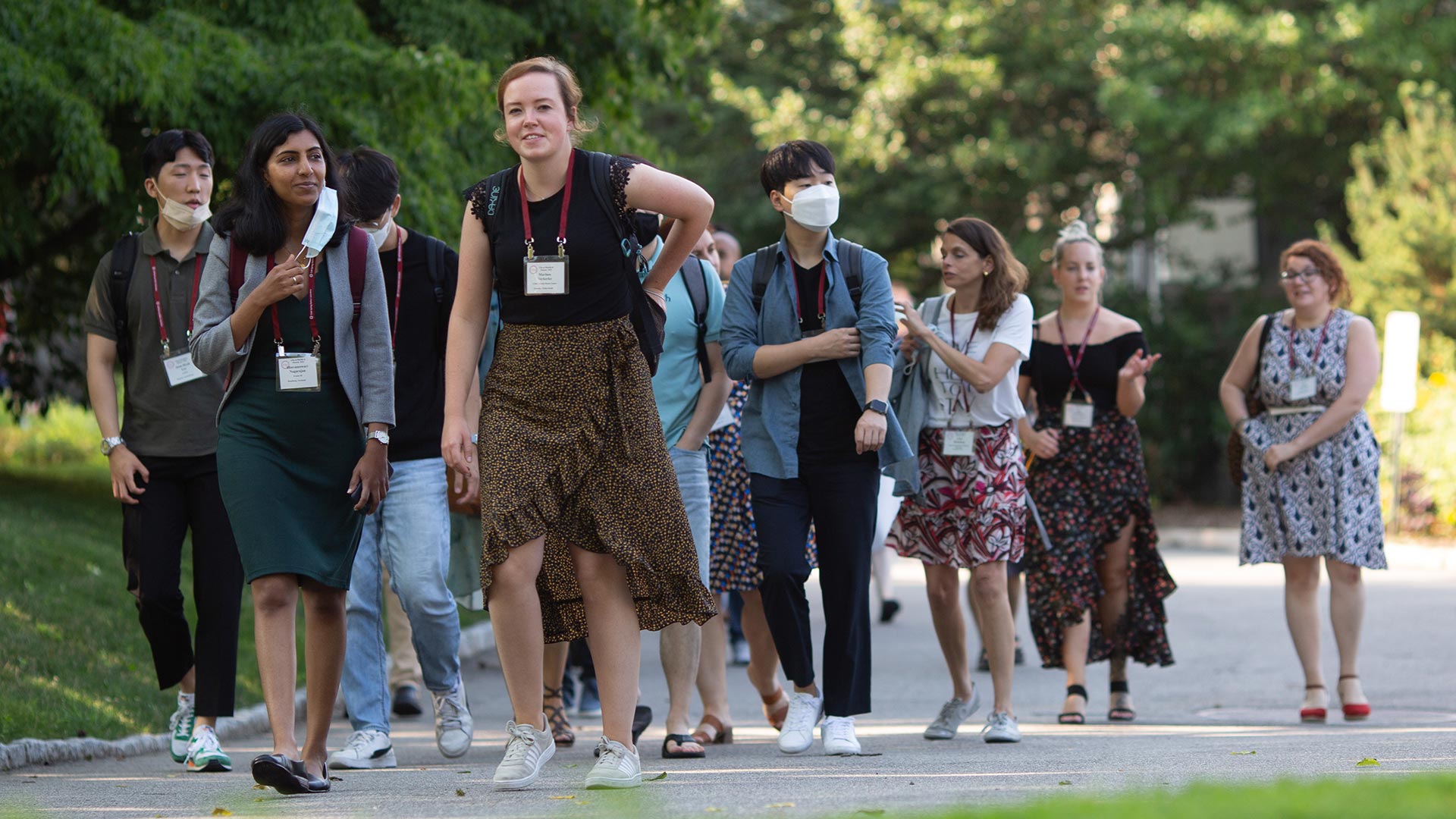The art of high-impact research, which is at the core of Cold Spring Harbor Laboratory (CSHL), is to pursue important questions, follow unanticipated leads, and be bold in crafting new ideas. In this way, we challenge our researchers to move science into new frontiers.
While our scientists have freedom to pursue their ideas, they are part of a larger scientific community that concentrates on specific research areas to achieve a greater goal. CSHL focuses on cancer, neuroscience, plant biology, and quantitative biology, without organized research departments. This provides many occasions for interdisciplinary collaboration.
For example, our institute-wide brain-body physiology program has brought together cancer researchers and neuroscientists to understand how this disease interacts with the brain, impacting virtually every organ and system in the body. Individual investigators cannot start or expand new initiatives like this with conventional research grants from federal agencies. One key to CSHL’s long tradition of groundbreaking discovery is a commitment to giving scientists the financial support they need to make bold strides.
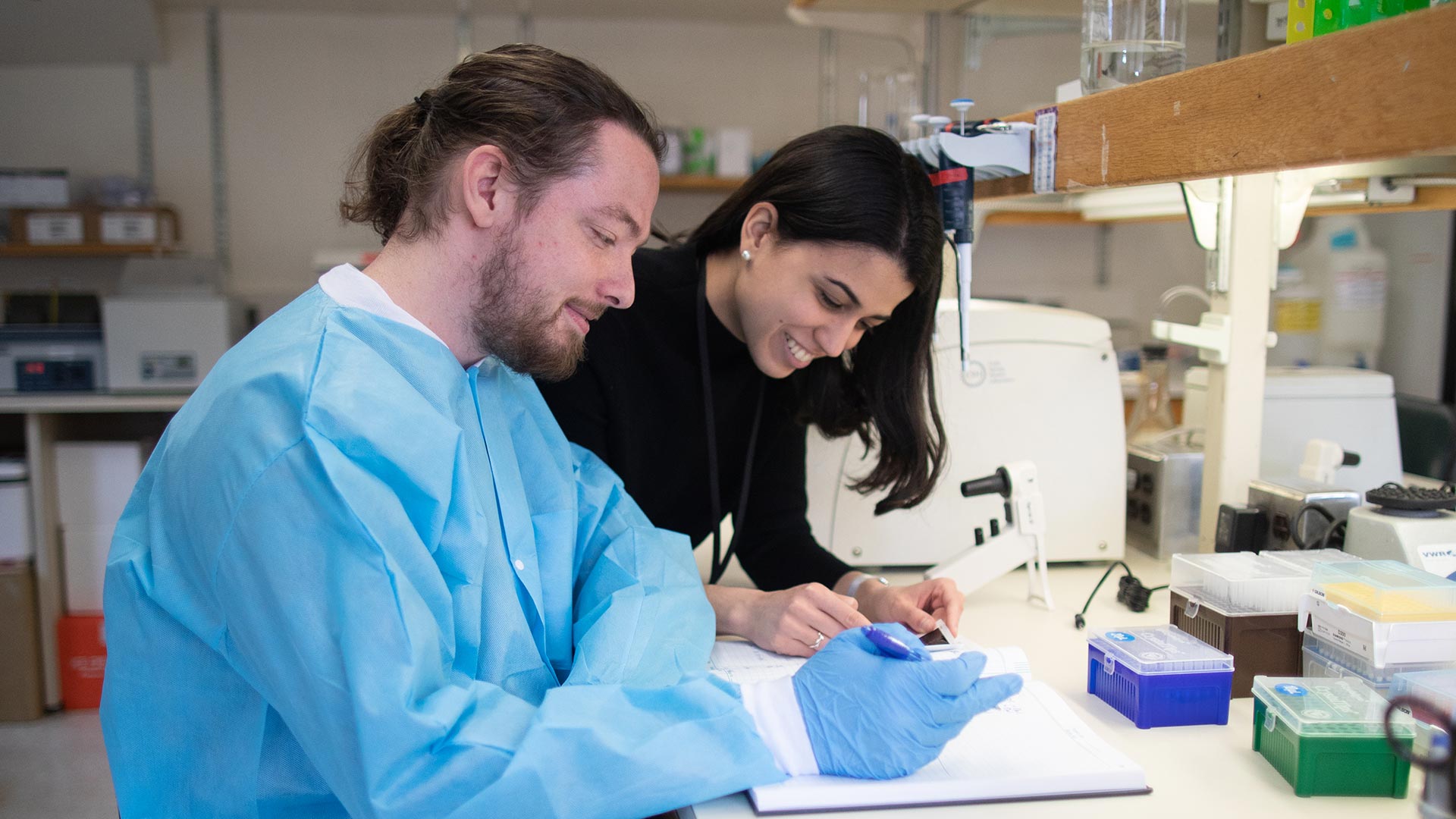
The freedom to explore
Much of the biological research in the United States is funded by the National Institutes of Health, the National Science Foundation, and other federal agencies. They award grants to fund well-defined projects, usually carried out over three to five years. The very nature of grants that spell out years of experiments is antithetical to breaking new ground. Grant applicants also need substantial preliminary results to gain federal funding, further inhibiting the pursuit of new ideas.
Federal grants are essential resources at CSHL and institutions across the U.S. What sets CSHL apart is that federal grants make up only 50% of our research funding. These grants provide a useful framework for planning research, but investigators sometimes need to deviate from their plans. Fortunately, CSHL has resources to support work that takes scientists in new directions.
Philanthropic donations and the Laboratory’s endowment give us that freedom to explore. Direct support makes it possible for CSHL scientists to pursue projects that will take many years to produce results. It allows researchers to dive into fields so new they have not yet gained the recognition and support of major grant-making institutions.
Furthermore, CSHL produces great science because we recruit and support promising scientists who thrive in our unique intellectual environment. Most often, we recruit them early. Indeed, we have a rich history of nurturing early-career scientists. An excellent example is the CSHL Fellows program. It gives scientists the opportunity to run their own labs soon after completing their doctoral studies.
Many current faculty members, including cancer biologists Christopher Vakoc, Lingbo Zhang, Semir Beyaz, and Adrian Krainer, neuroscientists Florin Albeanu and Ivan Iossifov, immunologist Hannah Meyer, and quantitative biologist Justin Kinney, came to CSHL through this program. A current CSHL fellow, Corina Amor Vegas, is applying immunological approaches to study cancer and aging. Fellows are entirely supported by philanthropy, but with the huge success of this program, we need more financial resources to sustain it in the long run.
Consistent with supporting bold science, all of our graduate students have endowed stipends. At most academic research universities, graduate students can choose only those professors who have a grant to fund their position. CSHL invests in aspiring Ph.D. candidates, giving them unusual freedom to choose the research laboratory that best matches their intellectual pursuits.
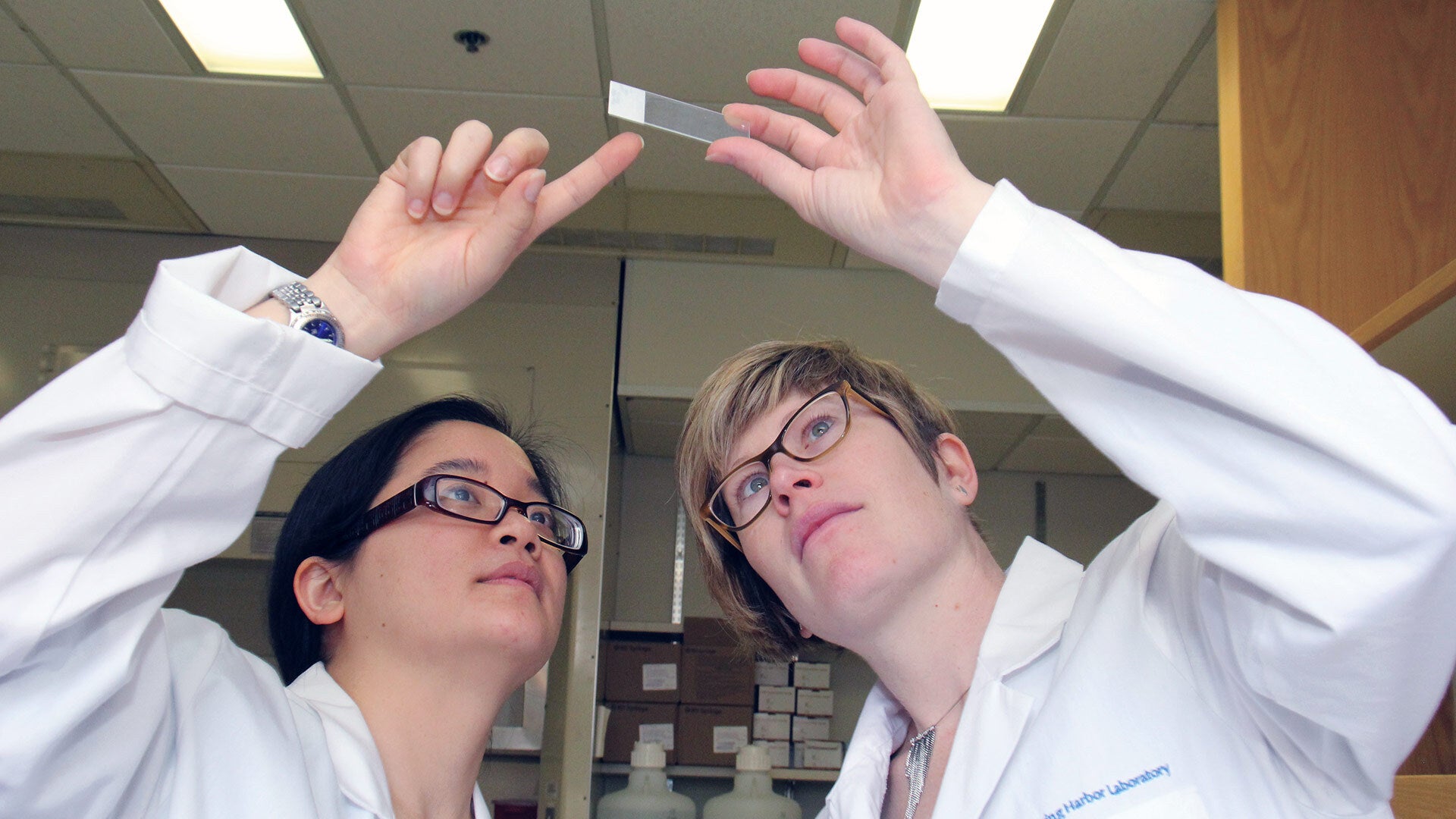
Seeding scientific breakthroughs
Donations to CSHL and our endowment enable us to provide new faculty with a substantial budget for launching their research programs—considerably more than new investigators receive at many universities. These funds empower them to take on challenging projects. Time and again, CSHL scientists have used philanthropic startup funds to break new ground in their fields and drive biology into new frontiers.
This is the case with biologist Jessica Tollkuhn, who was recruited to CSHL after speaking at a meeting here when she was at an early stage in her postdoctoral studies. Her proposal to investigate how hormones influence the brain’s early development fit well with our new brain-body initiative. Tollkuhn had exciting ideas about the potential role of sex hormones in influencing brain function. Her research program was just a vision at that point, but we knew it would complement CSHL’s work on brain-body physiology.
Once she arrived, Tollkuhn and her team spent several years refining techniques to analyze hormone receptor interactions with genes in the brain. They used those methods to identify genes whose activity in developing brain cells is influenced by estrogen. This landmark accomplishment set a roadmap for understanding sex differences in the brain and how estrogen may protect aging women from neurodegenerative diseases such as Alzheimer’s.
Breakthroughs like this often pave the way to substantial federal grants. They also have ripple effects, seeding new research beyond CSHL as we publish our results. Our influential findings often spread through our Meetings & Courses Program and Banbury Center conferences, and as faculty or their trainees move on to other institutions. By investing in early-stage research, CSHL has nurtured the careers of an amazing number of world-leading scientists.
Identifying strategic opportunities
Flexible funding is crucial not just for our individual scientists but also at the institutional level. The endowment and philanthropic donations enable us to be nimble so we can respond to new opportunities and shifting priorities in biomedical research. The Advancement department works closely with CSHL’s research leadership and me to identify the needs of our scientists. Together, we spend a great deal of time and energy ensuring that these funds continue to grow and are directed toward high-impact research.
On occasion, we turn to targeted fundraising campaigns to support major new initiatives. This was the case for our brain-body physiology program. About seven years ago, we began raising funds to recruit new scientists to work in this area. The recruitment was facilitated by a major renovation of the Demerec Laboratory. This historic building, where four Nobel laureates have carried out their research, reopened in 2019.
Now, Demerec is home to the labs of physician-scientist Tobias Janowitz, neuroscientist Jeremy Borniger, and biologists Michael Lukey and Lingbo Zhang, all of whom study how cancer interacts with physiological systems across the body. They joined long-term CSHL scientists Nick Tonks and Linda Van Aelst, who have contributed significantly to cancer physiology and neuroscience. We view tumors as unwelcome new organs that inappropriately affect whole-body physiology, including nutrition, sleep, cognition, and the immune system.
The CSHL brain-body program has flourished with striking new insights into cancer. Our strategic affiliation with Northwell Health will ensure that the initiative provides opportunities to translate the science to benefit cancer patients.
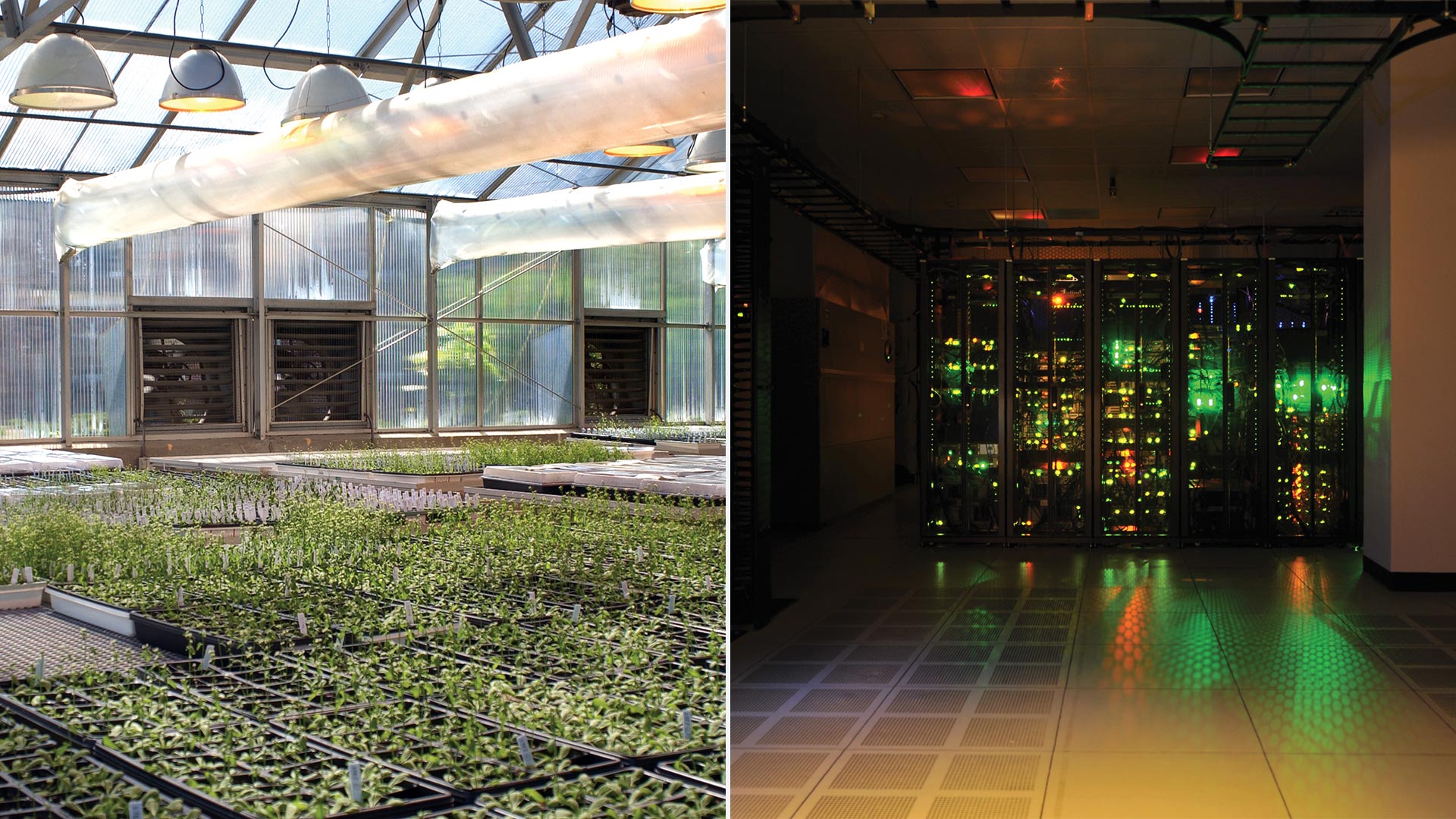
Cutting-edge advancements
It is costly to merely maintain the facilities of a 133-year-old campus, but that is just the beginning of what it takes to sustain a vibrant research community. Life science research has become very sophisticated and expensive. The detail we can discern about biological systems is greater than ever, and the scale of biological experiments has grown exponentially. A single study may involve the complete sequencing of many genomes and analyzing genomic expression in many different cell types. In molecular biology, it has become common to study individual cells one by one to understand how they interact and collectively contribute to organ function.
Indeed, we are able to generate more data than ever before—all in pursuit of deepening our understanding of biology and medicine. Tremendous computational power and expertise are needed to gain new insights. Collaborations between our experimental scientists and our quantitative and computational biologists have been critical in transforming data into new knowledge. For example, we now have a new appreciation of the brain circuits used to perceive odors. This comes thanks to a massive effort from neuroscientists Florin Albeanu and Alexei Koulakov. Using a powerful mapping technique developed at CSHL by Anthony Zador, they traced the paths of thousands of olfactory-processing neurons in the brains of mice, then used that information to expose an underlying circuit structure that was previously unknown.
To enable our scientists to take advantage of the extraordinary opportunities of modern biology, CSHL provides an array of shared resources. These include essential services like animal care and DNA sequencing that are common at most research facilities, as well as powerful, sought-after technologies. One example is cryo-electron microscopy, which generates extremely high-resolution images for structural biology studies. Another is organoid technology to grow three-dimensional tumor tissues in a laboratory dish. CSHL also maintains a 12-acre farm to continue our legacy of groundbreaking plant biology research. These resources provide expertise so that our laboratory scientists can employ the most advanced technologies to facilitate their research.
Bringing bold visions to life
We are now planning a major expansion to provide facilities that will enhance current research efforts, create space for new research programs, and improve the experience of scientists who visit CSHL. The project, called Foundations for the Future, will enable the growth of our brain-body physiology initiative, expand our investigations of neurodegenerative diseases, enhance our quantitative biology and NeuroAI research, and provide expanded space for a pancreatic cancer research center. Covering seven acres, the expansion will also include residential housing to better integrate Meetings & Courses Program participants into our campus community.
The Foundations for the Future campaign is the most ambitious fundraising effort CSHL has ever undertaken. Our community is uniquely poised to take on the biggest questions and interdisciplinary endeavors in the life sciences. It is crucial that we invest not only in the bold visions of our current scientists but also those of future scientists, who will lead the way into frontiers we cannot yet imagine.
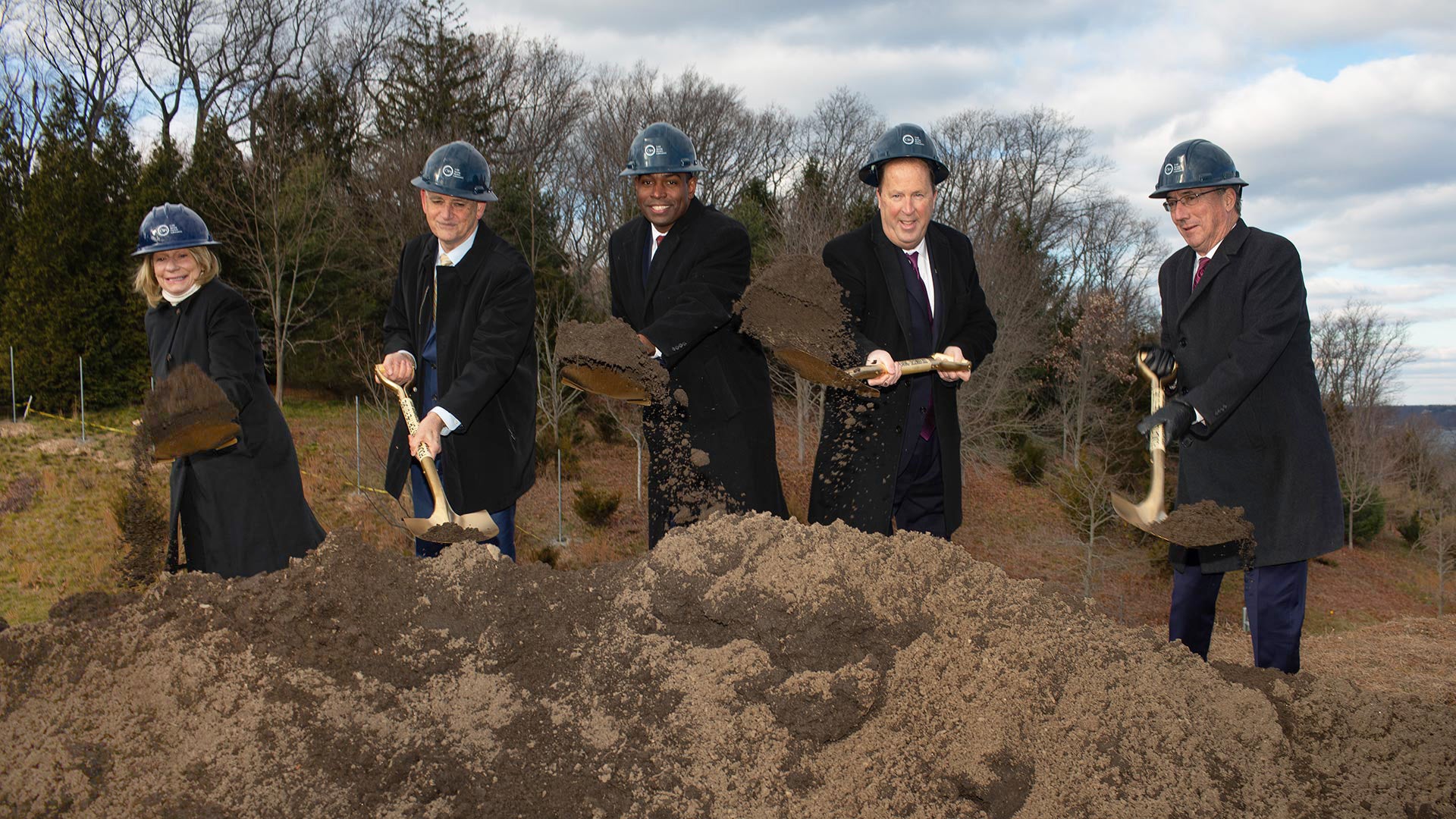
I consider it my job to ensure that presidents who succeed me have the same confidence I’ve had in CSHL’s ability to attract and train great scientists. CSHL should always be the place where scientists come to explore new ideas, whether performing research on our campuses or exchanging ideas with others at our scientific conferences. CSHL should continue nurturing the careers of young scientists and providing them with resources to move science forward. At the same time, as these scientists are recruited to tenured positions elsewhere, we will need financial resources to continue bringing in the next generation of leaders. A dynamic turnover ensures that we can continue to evolve without continuous expansion. Our main expansion of the future should be financial growth to support cutting-edge research.
My vision for CSHL is to maintain the deeply collaborative, intellectual atmosphere we have taken care to foster. Future generations should see CSHL as the best place to come to do groundbreaking science with complete freedom, just as they do now. CSHL must also remain committed to disseminating new scientific knowledge across the world. There is always a need for dynamic research institutions, and there are none quite like Cold Spring Harbor Laboratory.
— Bruce Stillman, Ph.D.
“President’s message”
Harbor Transcript, Volume 43, Issue 1, 2023
